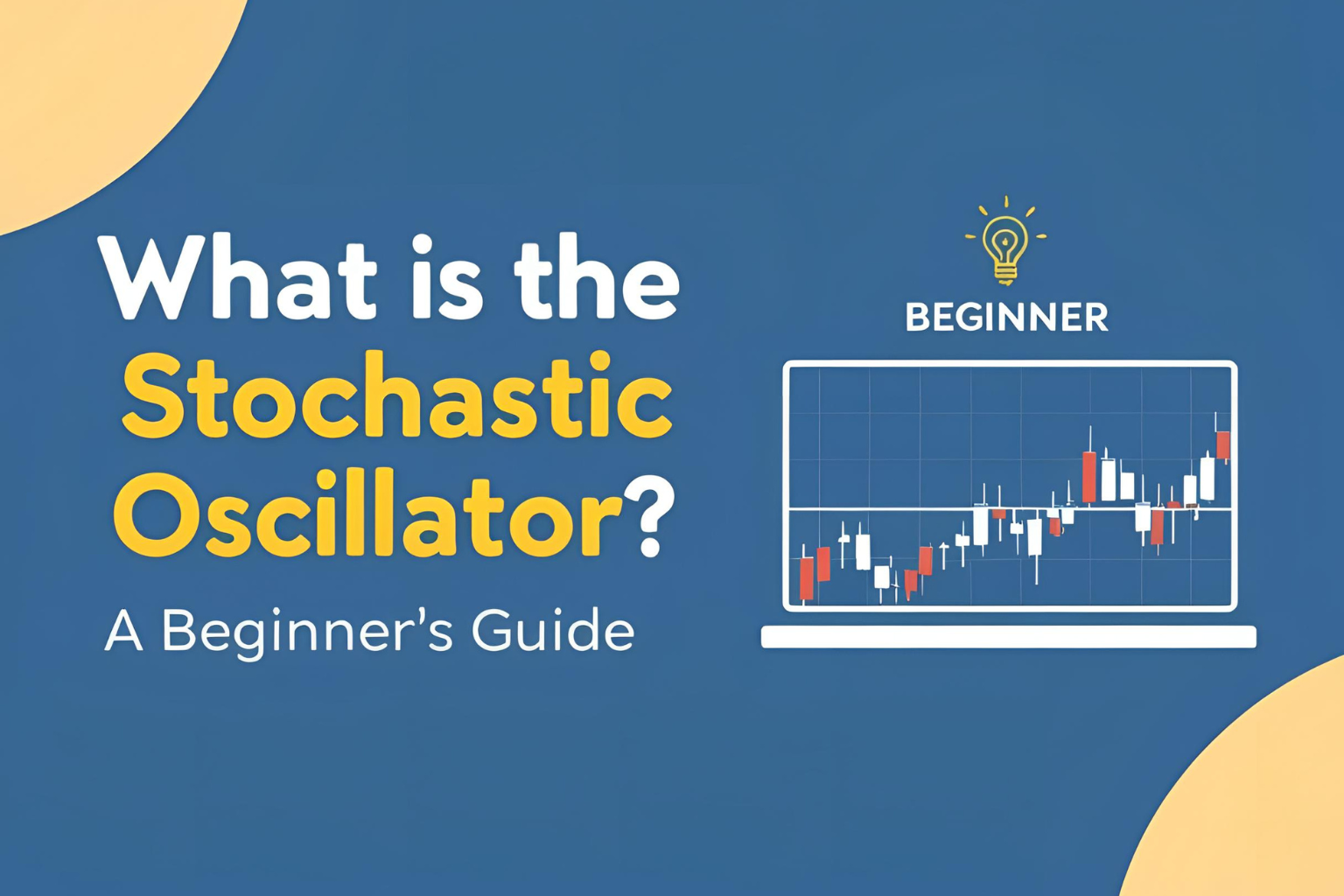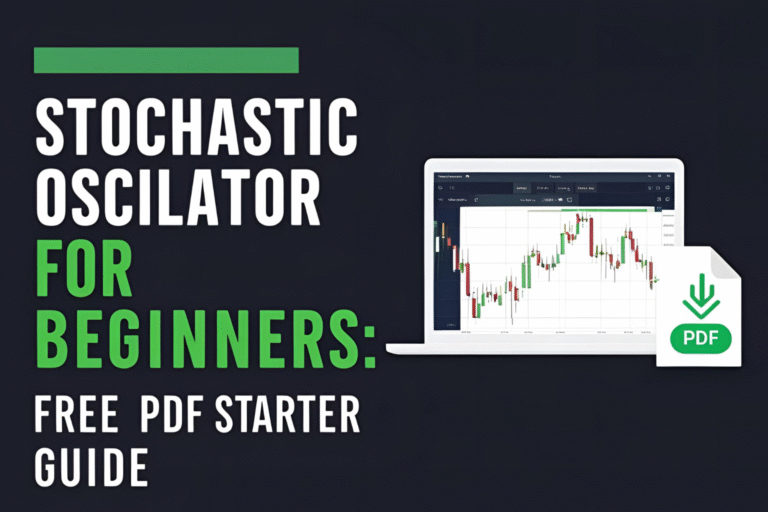What Is the Stochastic Oscillator? A Beginner’s Guide
Introduction
The stochastic oscillator is one of the most popular momentum indicators used in technical analysis. Designed to compare a stock’s closing price to its price range over a set period, it helps traders identify potential reversal points. Whether you’re a day trader or swing trader, understanding how this tool works can improve your market timing and trade decisions.
What Is the Stochastic Oscillator?
The stochastic oscillator is a momentum indicator developed by George Lane in the 1950s. It operates on the principle that momentum changes direction before price does. It measures the current closing price relative to the high-low range over a specific number of periods—usually 14.
It consists of two lines:
- %K line – The main line that measures the current price position.
- %D line – A 3-period moving average of the %K line.
These lines oscillate between 0 and 100 to show overbought and oversold conditions.
Stochastic Oscillator Formula
The basic formula for the %K line is:
%K = (Current Close – Lowest Low) / (Highest High – Lowest Low) × 100
Where:
- Lowest Low is the lowest price in the last N periods.
- Highest High is the highest price in the last N periods.
- N is usually set to 14.
The %D line is simply the 3-day SMA of %K.
How to Interpret the Indicator
- Above 80: The stock is considered overbought (potential sell zone)
- Below 20: The stock is considered oversold (potential buy zone)
However, these are not guaranteed signals. Overbought/oversold conditions can persist in strong trends.
Practical Use in Trading
- Buy Signal: When %K crosses above %D in oversold territory.
- Sell Signal: When %K crosses below %D in overbought territory.
- Divergence: When price makes a new high/low but the oscillator does not, signaling a potential reversal.
Pros and Cons
Pros:
- Simple to use
- Good for spotting trend reversals
- Works well in range-bound markets
Cons:
- Can produce false signals in strong trends
- Not effective as a standalone indicator
Conclusion
The stochastic oscillator is a powerful yet simple tool for identifying momentum shifts and potential reversals. When used with other indicators or chart patterns, it can provide a solid foundation for your trading strategy.
FAQs
Q1. What does a stochastic oscillator tell you?
It shows the position of a current price relative to its recent range, helping identify overbought or oversold conditions.
Q2. What are the standard stochastic settings?
The most common settings are 14 for %K and 3 for %D (i.e., 14,3,3).
Q3. Is the stochastic oscillator good for beginners?
Yes, it’s beginner-friendly and widely used in technical analysis.
Q4. What is the difference between %K and %D?
%K is the raw stochastic value; %D is a moving average of %K used to smooth signals.
Q5. Can the stochastic oscillator be used in all markets?
Yes, it can be applied to stocks, forex, crypto, and futures markets.



